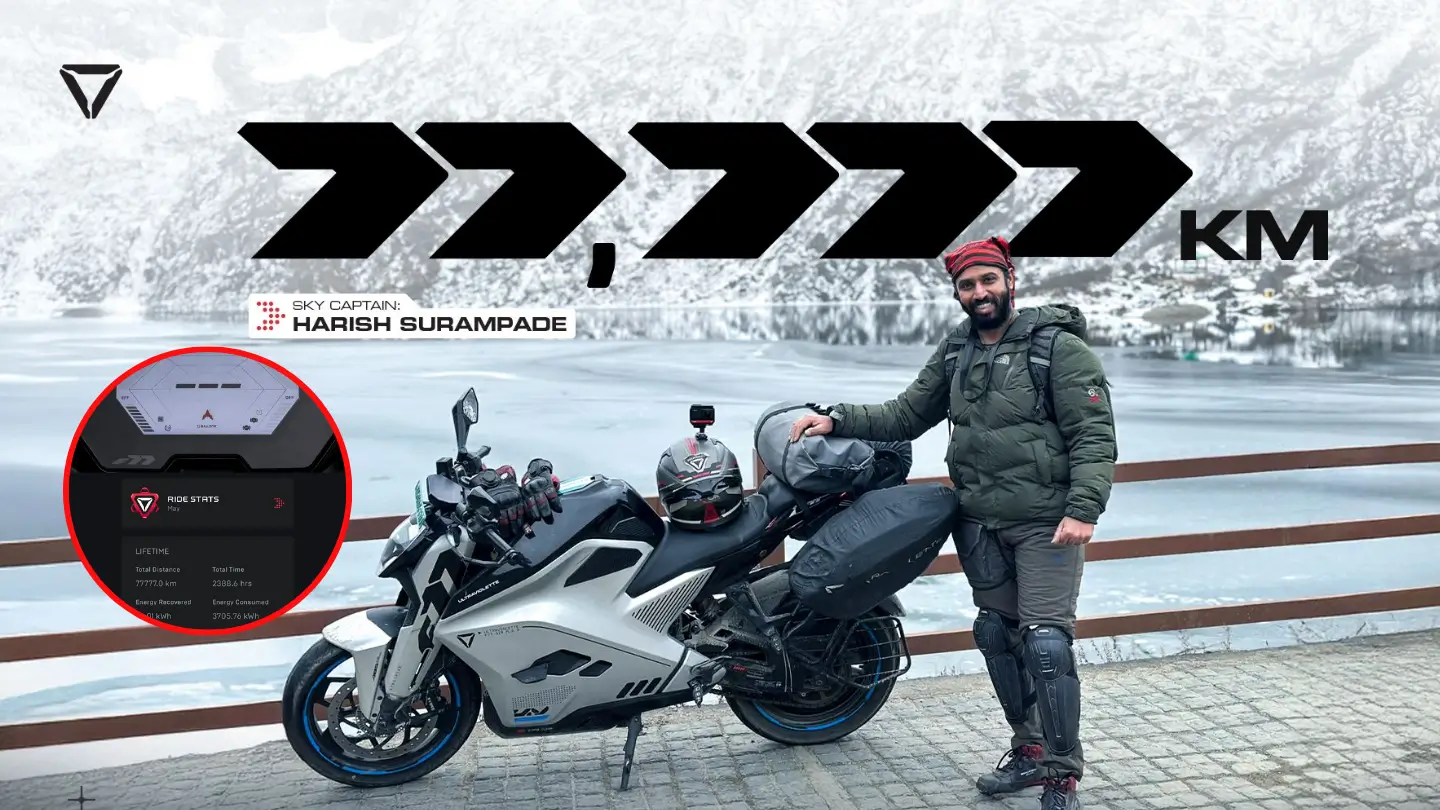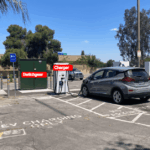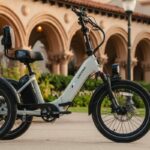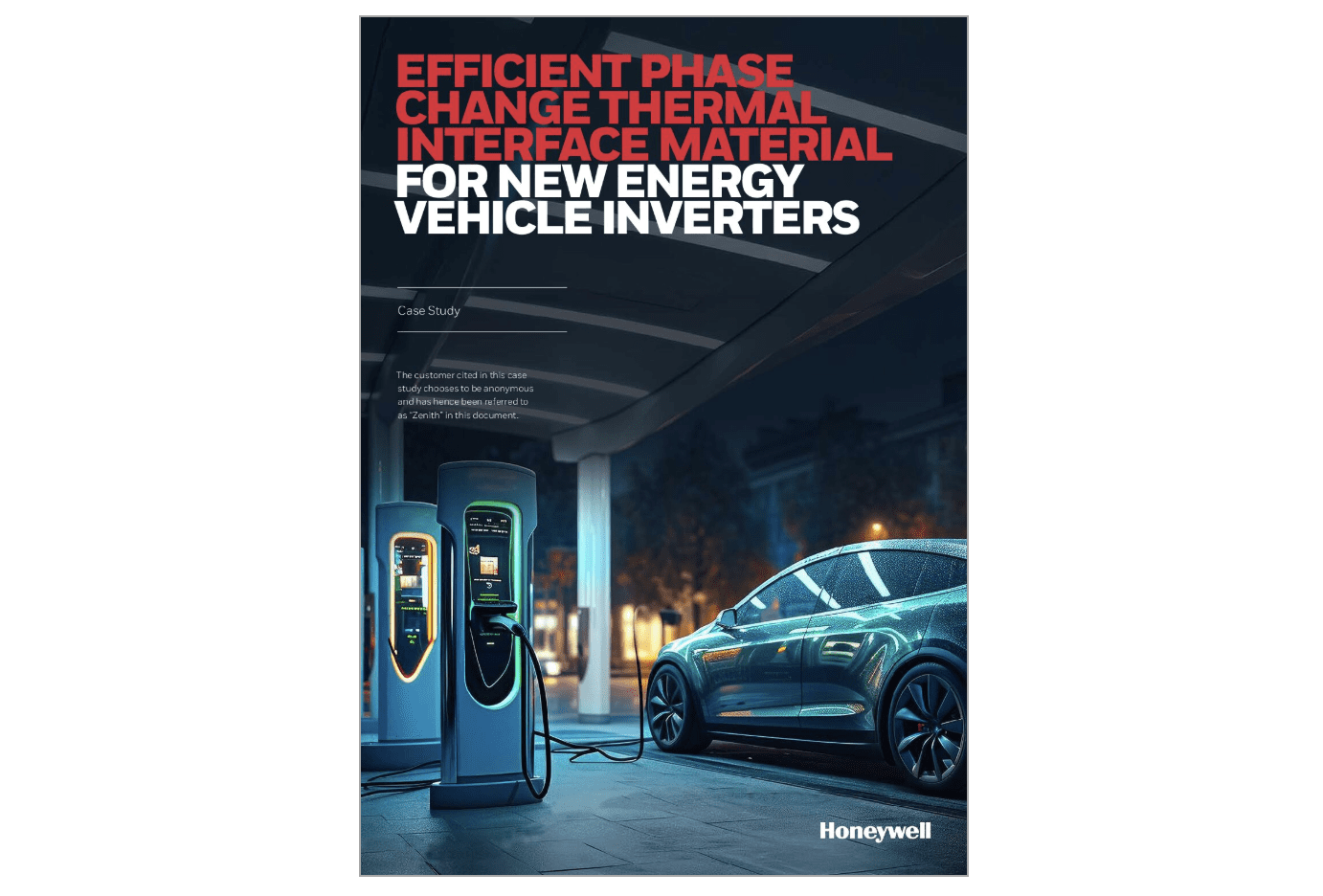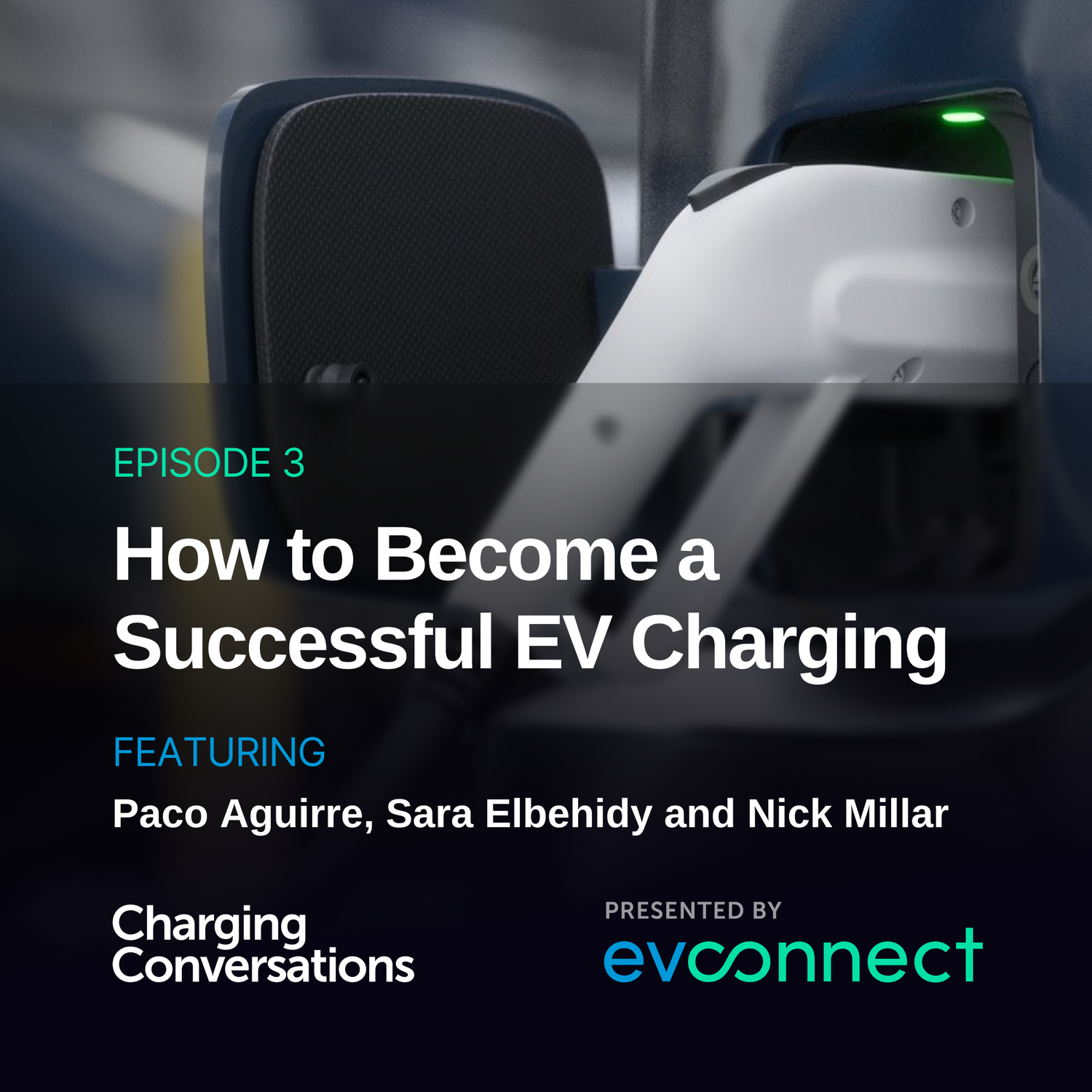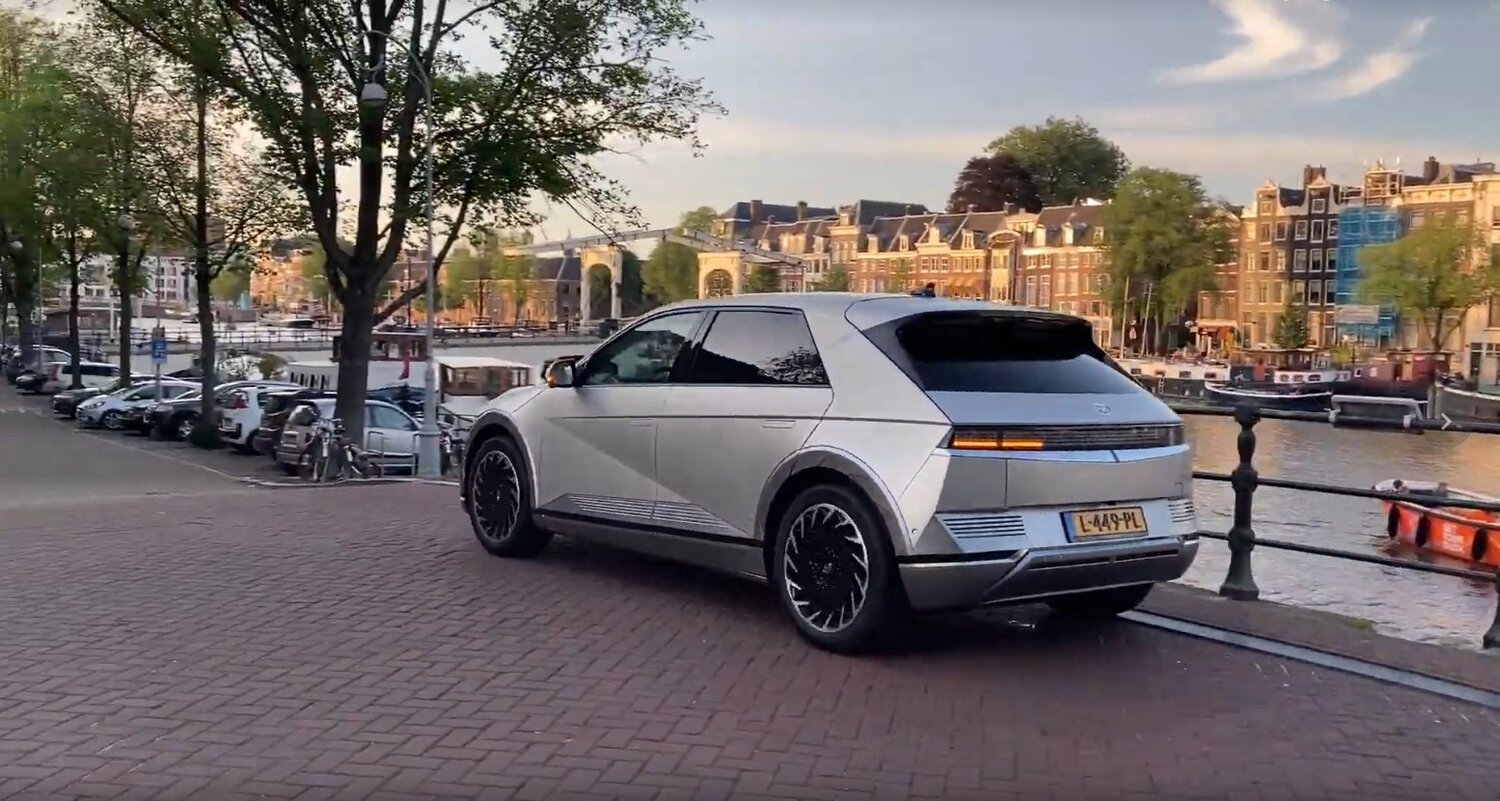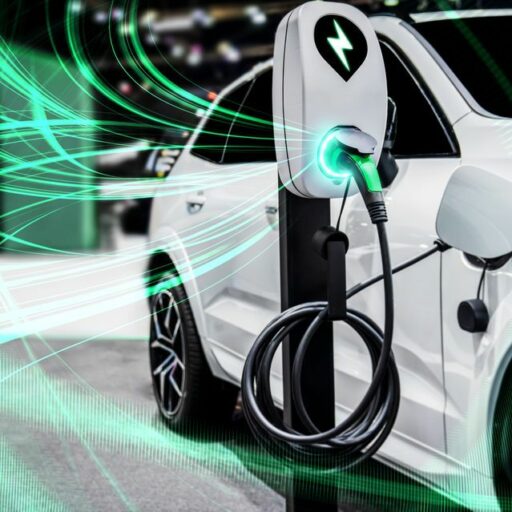
A Real-World Endurance Test for the F77 Electric Motorycle
When EV brands promote long-range figures or fast-charging tech, many consumers wonder: how does it perform in the real world? Harish’s journey answers that question emphatically.
From a 4,000 km ride to Kolkata and back to an epic 10,000 km ride through Nepal, the China border, and Bhutan, his F77 has been put through the kind of endurance test most ICE bikes rarely see.
This isn’t a company-backed PR stunt. It’s one rider, riding hard and far, powered entirely by electricity.
And the F77, particularly the Mach 2 variant, has proven its mettle across geographies, elevations, and conditions.
Owners save over ₹2.5 lakh in fuel costs
One of the standout points mentioned in Ultraviolette’s post is Harish’s estimated savings of over ₹2.5 lakh on fuel.
That’s nearly the cost of the F77 itself, and it reinforces a powerful message.
Electric motorcycles are not just about sustainability or performance anymore; they are financially smart investments in the long run.
In my years of reporting on electric mobility, I’ve often highlighted the total cost of ownership (TCO) as a metric Indian buyers should care about more.
Harish’s case makes that argument stronger than ever.
Electric Motorcycles Are Redefining Long-Distance Travel
Until recently, long-distance EV touring was largely limited to adventurous Tesla owners or a few brave souls on modified scooters.
But with machines like the F77 Mach 2 now on the roads, and riders like Harish leading the charge, we’re entering a new phase where electric touring in India is not only possible, it’s practical.
Join our WhatsApp Community
With a claimed IDC range of up to 323 km, fast-charging capabilities, and a robust frame, the F77 is proving to be more than just a city bike. It’s redefining what electric motorcycles can do.
Congratulations to Harish Surampade on reaching this impressive milestone.
His journey reflects the growing confidence among riders in using electric motorcycles for long-distance travel, beyond just city commutes.
It also demonstrates how electric vehicles are beginning to prove their practicality and reliability in real-world conditions.
